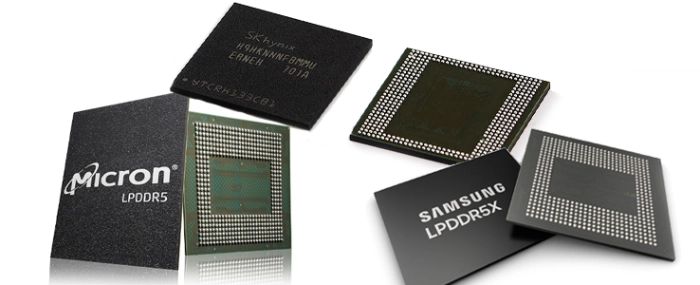
US tariffs spurs surge in stockpiling, memory contract prices set to rise
TrendForce’s latest investigations reveal that the implementation of the US “reciprocal tariffs” on April 9th — followed by a 90-day grace period for most regions — has prompted buyers and suppliers to adjust their strategies in response to policy uncertainty.
Avril Wu, Senior Research Vice President at TrendForce, noted that with both sides rushing to complete transactions and shipments within the grace period to mitigate future policy risks, memory market activity is expected to pick up notably in 2Q25.
The grace period has temporarily eased concerns about demand loss due to new tariff barriers. However, lingering uncertainty over the direction of U.S. trade policy has driven memory buyers to adopt a more defensive stance—actively raising DRAM and NAND Flash inventory levels as a buffer against supply risk.
TrendForce notes that this proactive stockpiling has expanded the anticipated contract price increases for both DRAM and NAND Flash in the second quarter. However, this surge in momentum is likely to be short-lived. Demand from U.S.-based brands and exporters—who are more sensitive to tariff changes—will have been largely frontloaded into the first half of 2025, disrupting seasonal trends.
Ultimately, the future course of U.S. tariffs will be the key factor shaping memory supply-demand dynamics and pricing trends in the second half of the year.
| 1Q25 | 2Q25E | |
| Blended DRAM | Conventional DRAM: down 8~13% HBM Blended: down 0~5% | Conventional DRAM: up 3~8% HBM Blended: up 3~8% |
| Blended NAND Flash | down 15~20% | up 3~8% |
For more information visit TrendForce.

